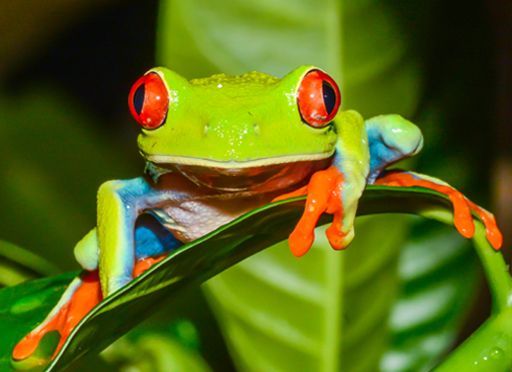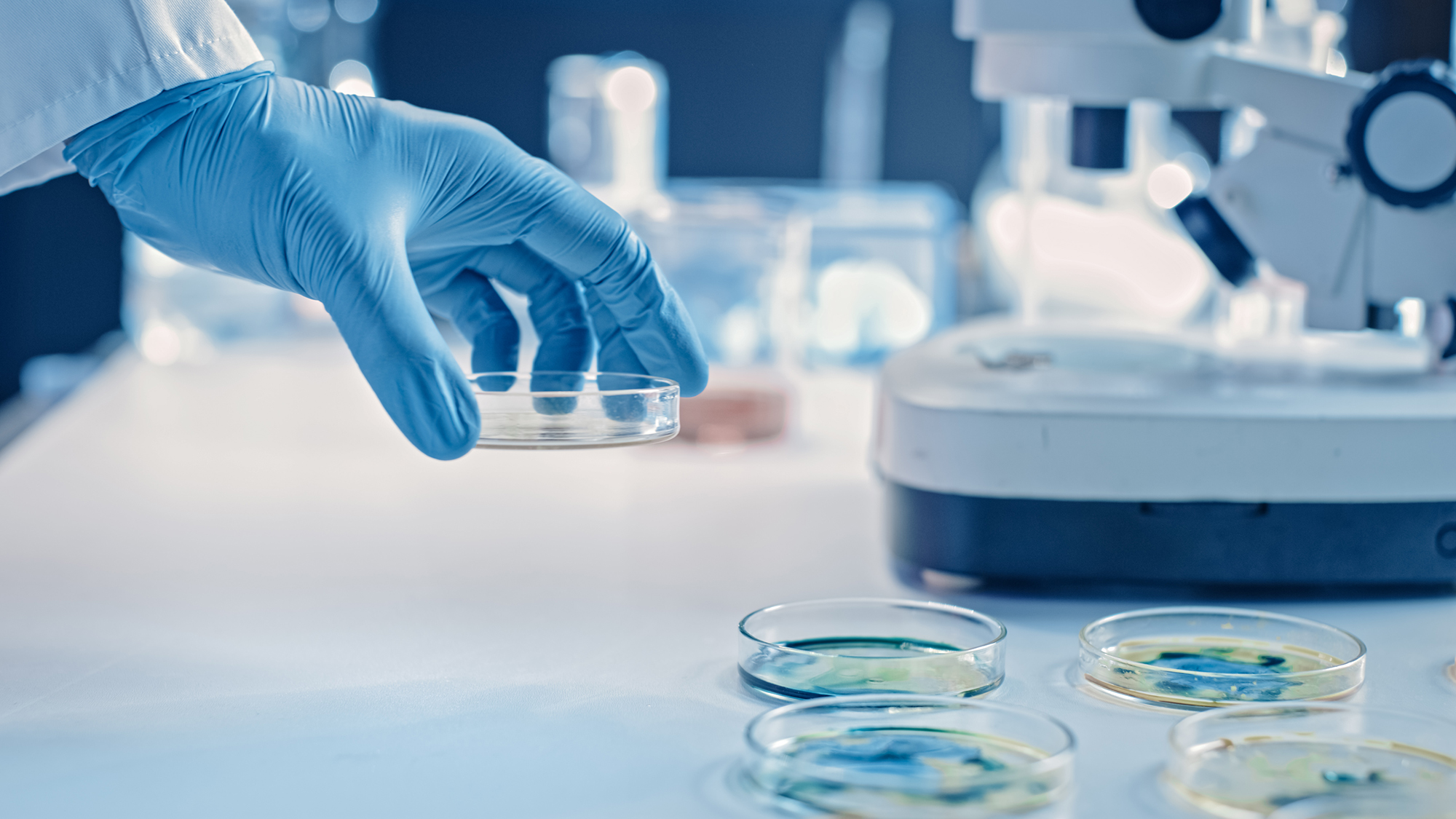The Buzz On Bees
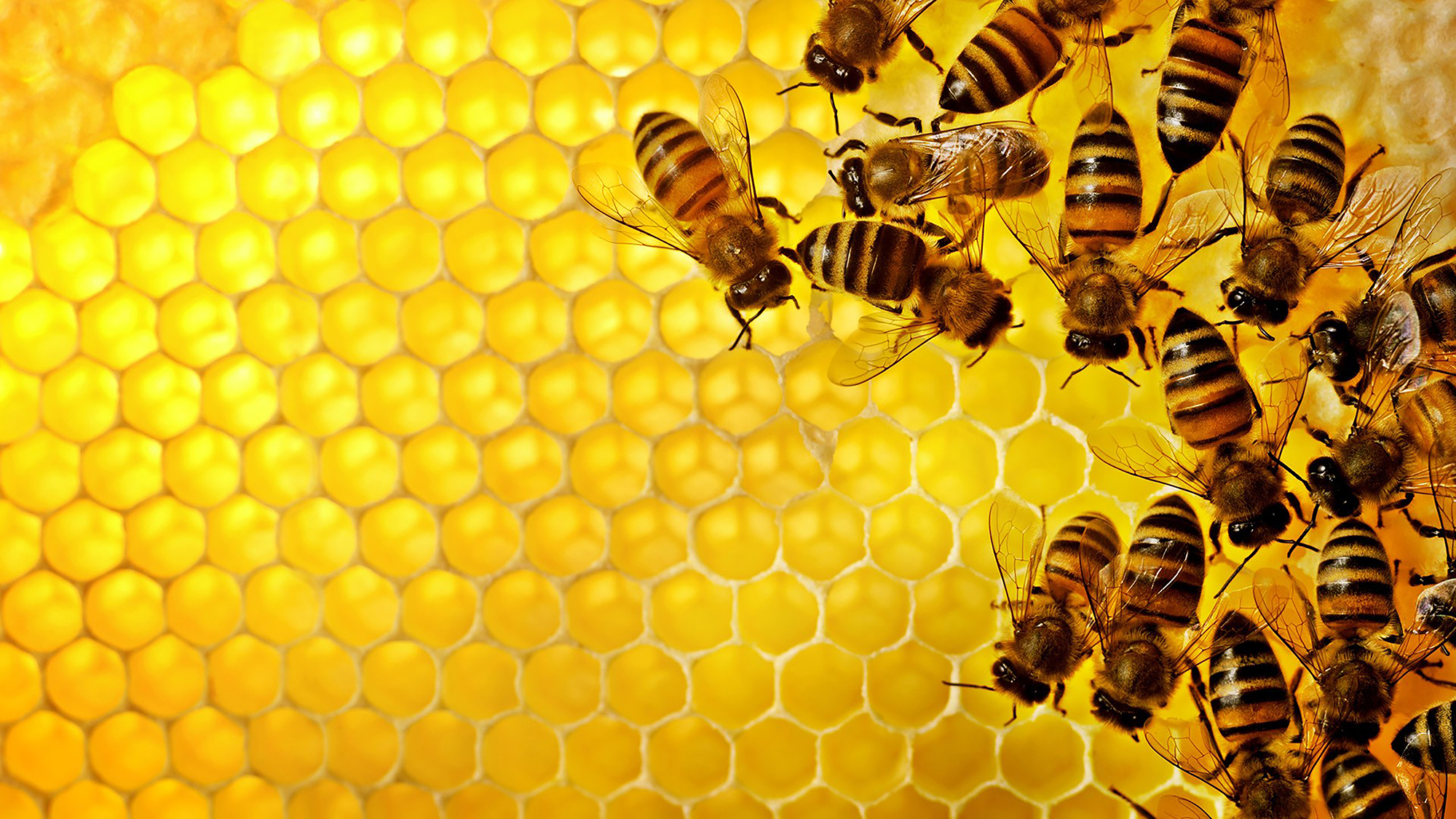
Agriculture relies on the services rendered for free by bees, insects and other pollinators. In the past, science acted as if they are the enemy, creating chemicals that wreak havoc on their populations and leave lasting residues. Luckily, science is now reversing these errors, working more with nature than against it.
1. Bees Are Farmers’ Oldest Ally
Although the oldest bee fossil is only 70 million years old, conservation biologist Thor Hanson says in Buzz that bees evolved from wasps 125 million years ago and are essentially the same today as they were when dinosaurs roamed the earth. Bees were cultivated domestically before horses or fowl. People learned to make mead and medicinals from bee honey, and used beeswax for candles. Honey is “the most energy-rich food in nature,” and certainly contributed to humans evolving larger brains. Bee colonies are inspiration for architecture, group decision-making and transit.
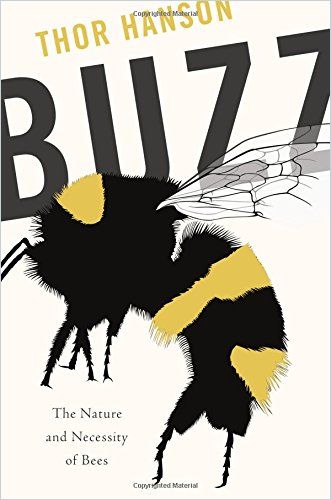
Some facts about bees:
- Bees have hairy bodies that pollen clings to.
- There are more species of bees within seven distinct families than species of mammals and birds combined.
- The Apidae genus has the most diversity and includes both bumblebees and honeybees.
- Bees live best in dry climates. There are 1,300 species of bees in Arizona, for instance.
- Bee wings move backwards and forward, like helicopter blades.
- About 20% of bee species are “kleptoparasites,” meaning they invade a hive to lay their eggs and steal food.
No other group of insect has grown so close to us, none is more essential, and none is more revered.
Thor Hansen
Bees evolved along with flowers and flowers adapted colors most attractive to bees. Bees feed their hive on flower nectar and transport the pollen that clings to them to other plants, enabling plant reproduction. Without bees, some plants would not seed.
2. One-Third of the Human Diet Depends on Pollinators Like Bees
Egyptians used bees to pollinate their crops as early as the third millennium BC. Farmers have been moving hives following crops for thousands of years. With the advent of industrial farming, not enough bees exist naturally to pollinate commercial crops during flowering. Additional farmlands crowd out bee habitats. Farmers rent hives from professional beekeepers, who transport millions of bees in their hives via truck, but traveling is stressful to bees, and makes them more vulnerable to pathogens.
Farmers like Mark Wagoner, who cultivates alfalfa, also raise bees attuned particularly to their crops. Wagoner protects bee habitats because he recognizes their valuable contribution to his business.
Yes, we could still eat in a world deprived of its primary pollinators, but eating would be extremely dull (and not very nutritious).
Thor Hansen
The crops pollinated by bees are largely fruits and nuts, which make up 90% of human vitamin C intake and most of the vitamin A, calcium, folic acid and other nutrients essential to health. There are some crops bees are less efficient at pollinating, such as dates. Farmers hire workers to pollinate their date palms by hand. It’s expensive considering bees pollinate for free, but reliable.
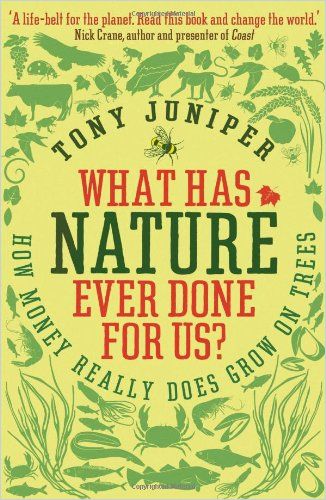
3. Bees and Other Pollinators Add $1 Trillion Annually to the Agricultural Sector
Environmentalist Tony Juniper notes in What Has Nature Ever Done For Us? that many CEOs are concerned about the impact a degraded environment will have on their business. Biodiversity protects the products of nature humans depend on, and also provides inspiration for “biomimicry” whereby science copies the processes found in the natural world.
Awareness and attention is switching to the economic value of nature, and crucially how to protect that value.
Tony Juniper
In Buzz Sting Bite, conservation biology professor Anne Sverdrup-Thygeson enumerates the many ways people and the Earth depend on all insects, not just bees. Insects join bees in pollinating greater than 80% of all plants, cultivated and wild. Silkworms generate silk, which is “six times stronger than steel.” The gall wasp produces the essential component for an insoluble ink used on the Declaration of Independence and by Beethoven to compose symphonies. The lac bug from Southeast Asia provides shellac. Blowfly maggots can be used in trauma triage to eat areas of infection but leave healthy tissue. Camera-outfitted cockroaches can help rescuers locate victims in hard-to-reach spaces. Mealworms and other insects can digest plastic; scientists hope they can reproduce the same bacteria to deal with ocean and landfill pollution.
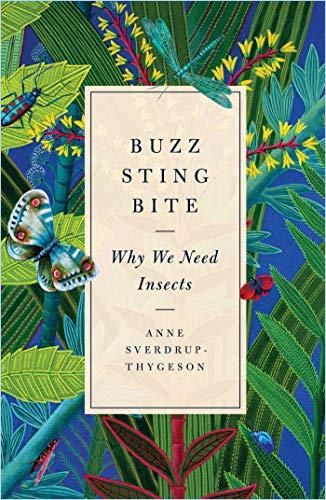
The best way to protect bees, insects and other pollinators such as birds is to protect and diversify habitats, reduce pesticide use and stop transporting bees across continents. Maintaining biodiversity helps protect against invasive species.
Let’s hope we don’t end up in a world in which we believe modern mechanics can replace nature’s infinitely advanced functions.
Anne Sverdrup-Thygeson
4. Bees are Vulnerable to Environmental Toxins and Pathogens.
Bee die-offs are triggered by various causes. The Nosema fungus can decimate a hive in just two generations. The Colony Collapse Disorder that caused a “Beepocalypse” in 2006 is linked to various causes of stress, including climate change. Colony Collapse Disorder severely impacted German bee populations in 2008. Scientists traced it to heavy use of Clothianidin-based pesticides that disrupt bees’ spatial orientation, sterilize males and impair the queen bee’s reproductive ability. Worker bees abandon the hive. Bees are especially sensitive to pesticides since they didn’t evolve to overcome plant-protective compounds. Entomologist Diana Cox-Foster describes the “4Ps” that affect bee health: “parasites, poor nutrition, pesticides and pathogens.”
Given…the value of nature…why [do] we find it so difficult to protect assets that are so evidently valuable?
Tony Juniper
In Sichuan province in China, workers must pollinate crops by hand. Decades of excessive pesticide use precipitated declines in bees as well as other pollinators like birds, beetles and bats. Residual chemicals show up in bee products. Viruses and other microbes not widely present in honeybee colonies prior to 2000 now exist in all hives and have the potential to invade other species. Human development changes landscapes and impacts ecosystems. It changes insect DNA and disrupts life cycles.
5. Science Can Help or Hurt
Now geneticists are editing bee DNA to improve resistance to chemical threats in the environment, much to the alarm of beekeepers around the world. They fear agricultural chemical companies will use genetically modified bees – “frankenbees” – to gain a stranglehold on the market, as they have with genetically modified crop seeds that require purchase of their brand of pesticide, along with a signed contract not to harvest and save crop seeds. Apimondia, a beekeeping organization established in 1897, is fighting these industrial agriculture tactics.
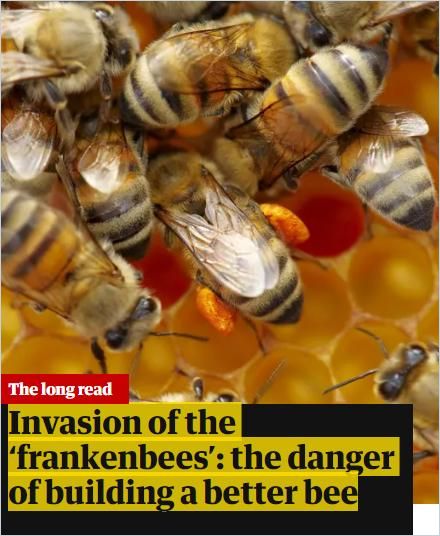
Beekeepers fear genetic engineering of honeybees will introduce patents and privatization to one of the last bastions of agriculture that is collectively managed and owned by no one.
Bernhard Warner
Rather than creating pesticide-resistant creatures, both scientists and beekeepers are calling on Big Ag chemical companies to stop making the pesticides so harmful to them.
Bees, insects and birds all need protected habitats that promote species diversity. Another threat: As CO2 rises in the atmosphere due to climate change, it saps nutrients from the plants humans eat, but also nutrients from goldenrod, which produces a protein vital to bee health.
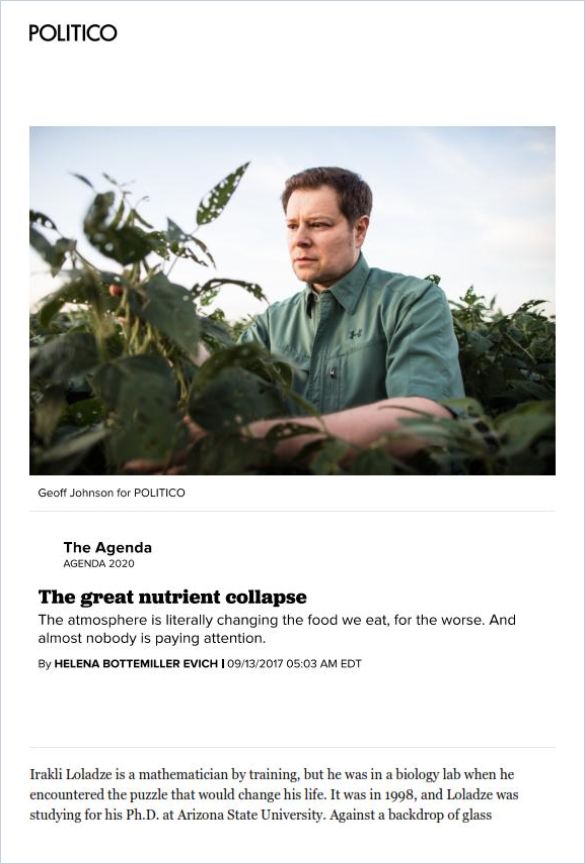
Meanwhile, agriculture as a whole is moving away from heavy chemical use and integrating more AI and Internet of Things-driven technologies, for instance, utilizing sensors to monitor irrigation. Tiny robots can remove pests from plants. Harvard and Walmart are both working on robo-bees to pollinate commercial crops. Edward B. Barbier, Joanne C. Burgess and Thomas J. Dean, writing for Science magazine hope that the international community can come up with more effective ways to protect biodiversity. In “How to Pay for Saving Biodiversity,” they argue for a Paris Agreement-style effort to encourage greater involvement of the private sector, using more ambitious targets and larger investments.
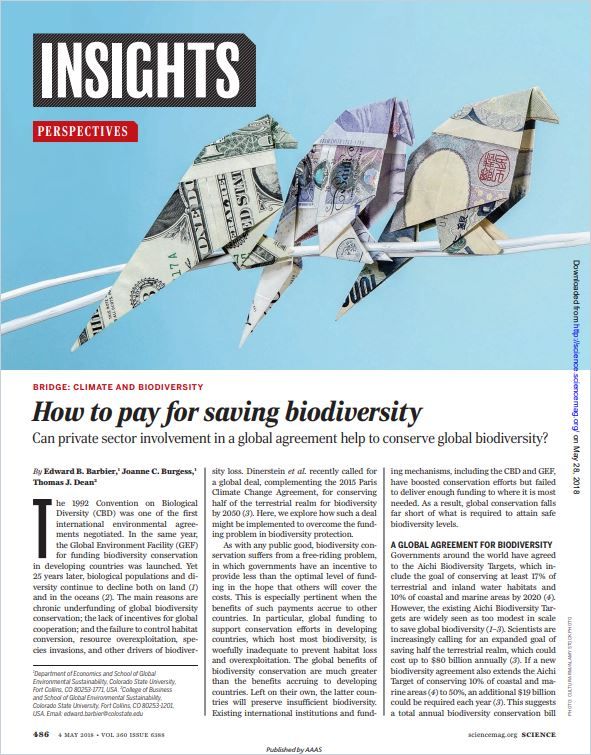
According to them, agriculture and other industries like forestry, insurance and seafood would reap great rewards for their investments in protecting biodiversity. They estimate the agricultural sector would double annual crop production with a modest investment in protecting both wild and cultivated pollinators.


